Day 25 - Matsuura to Imari, The Kyushu 108 Temple Pilgrimage, Japan

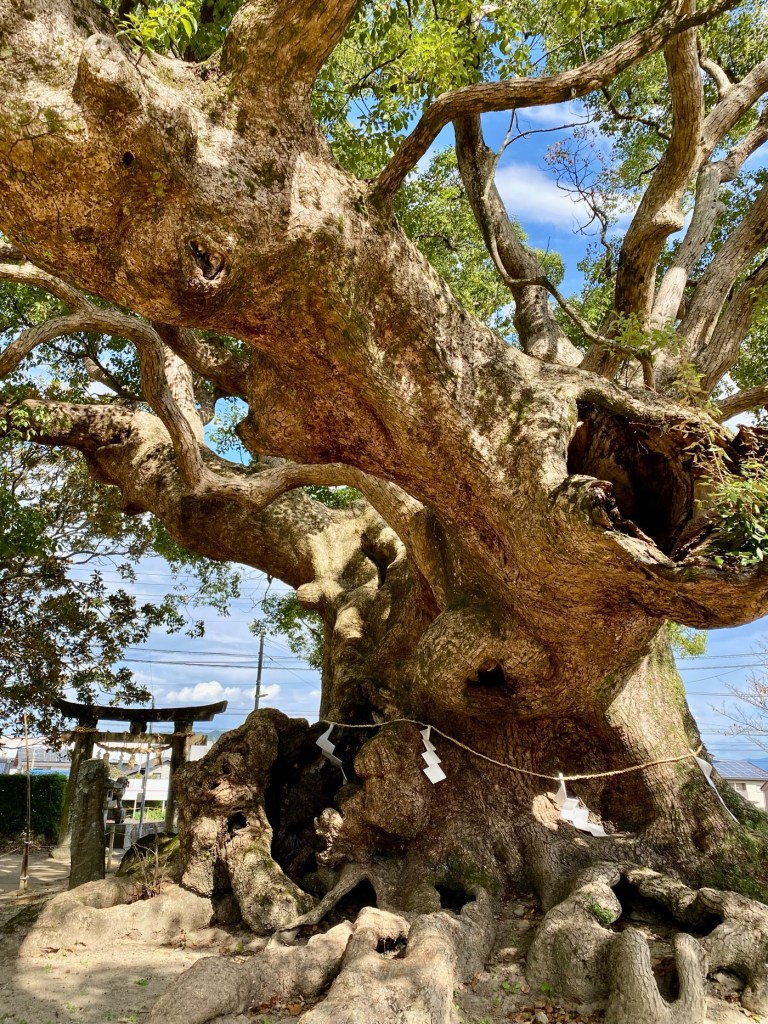








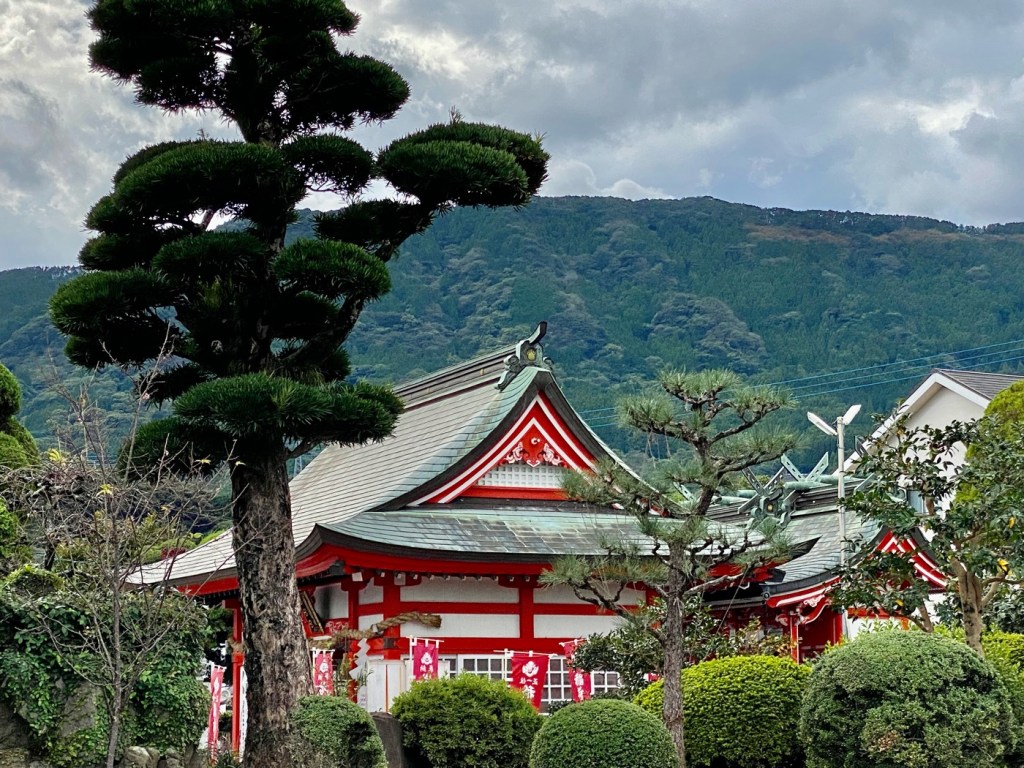




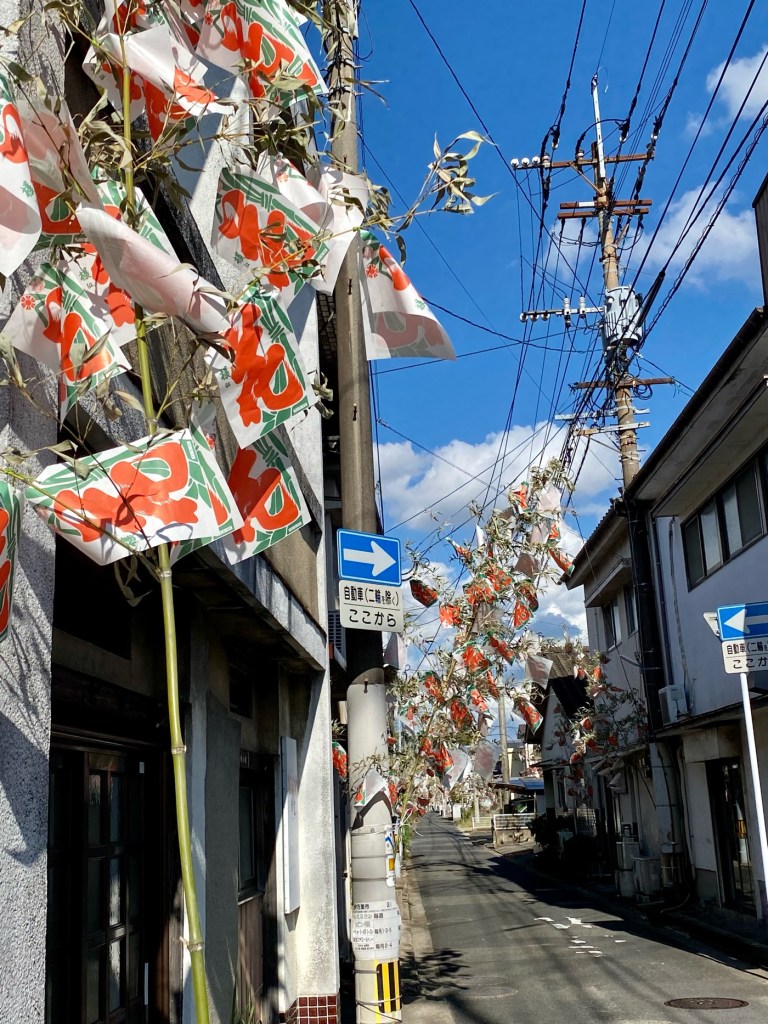



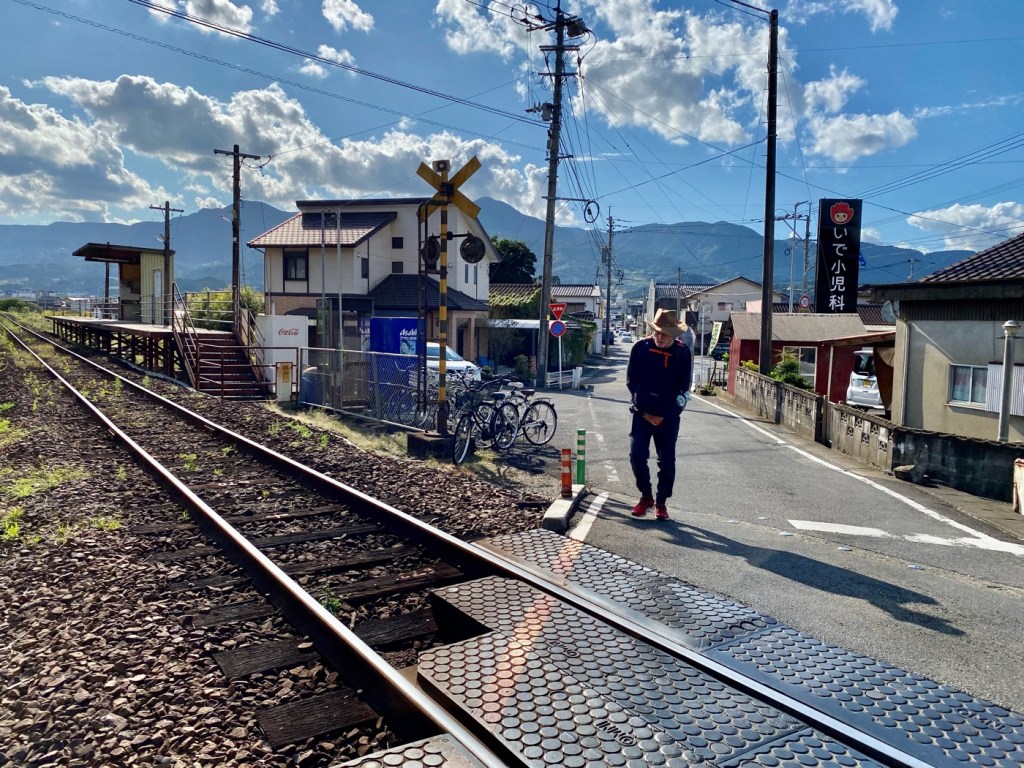
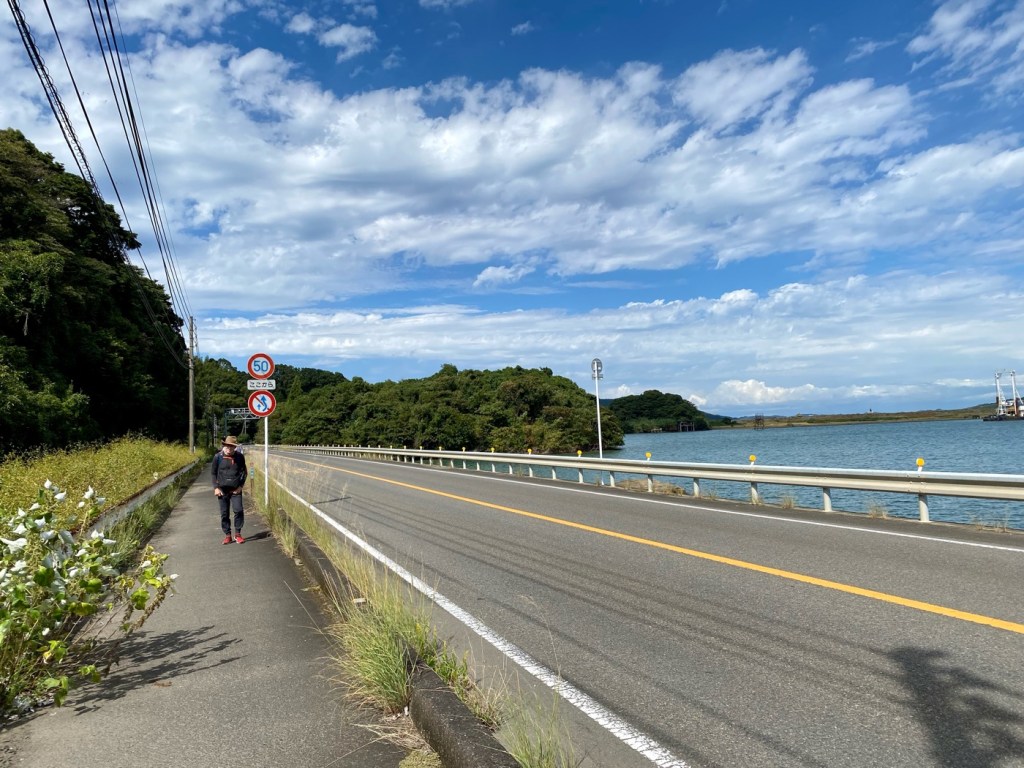
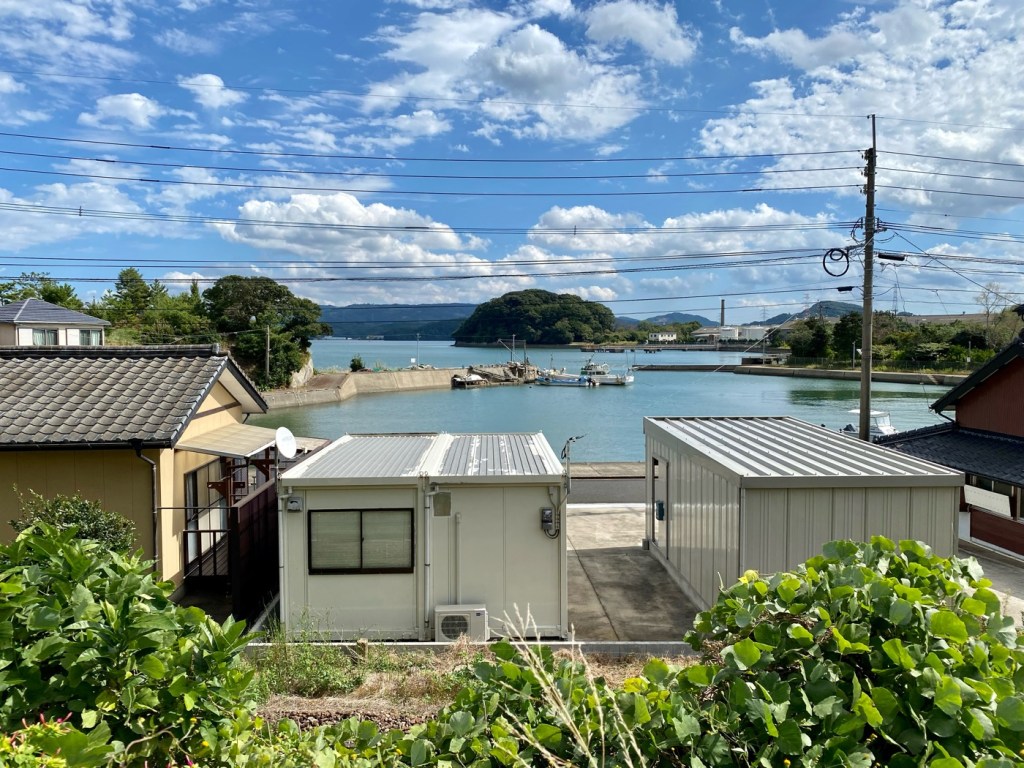






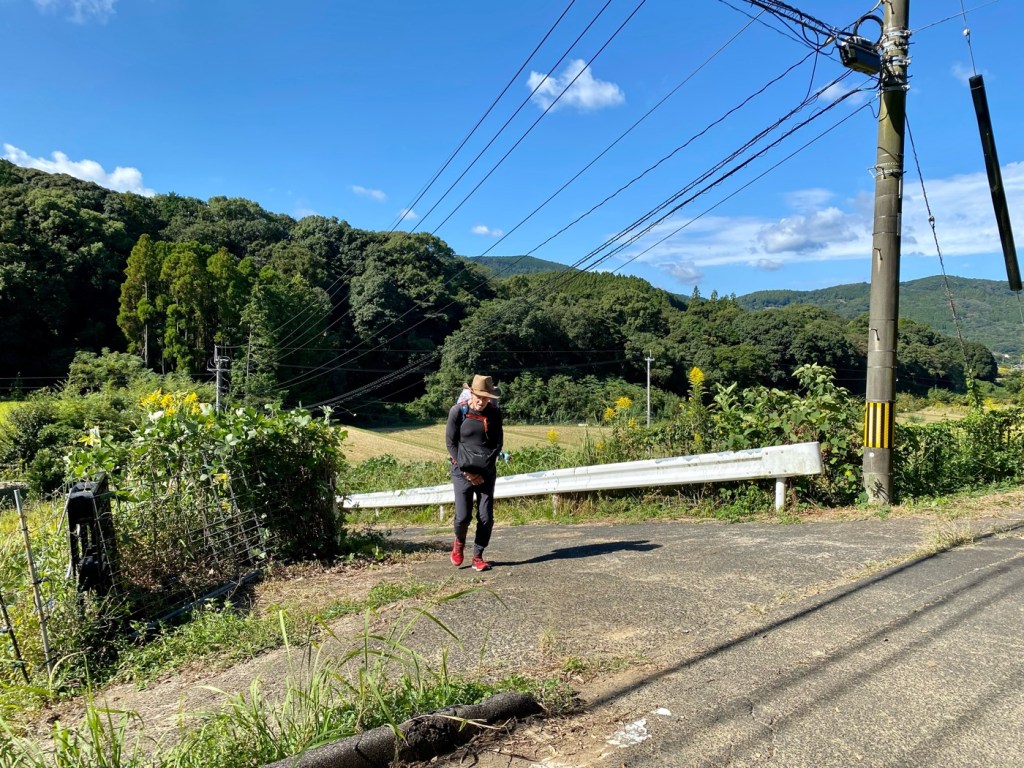


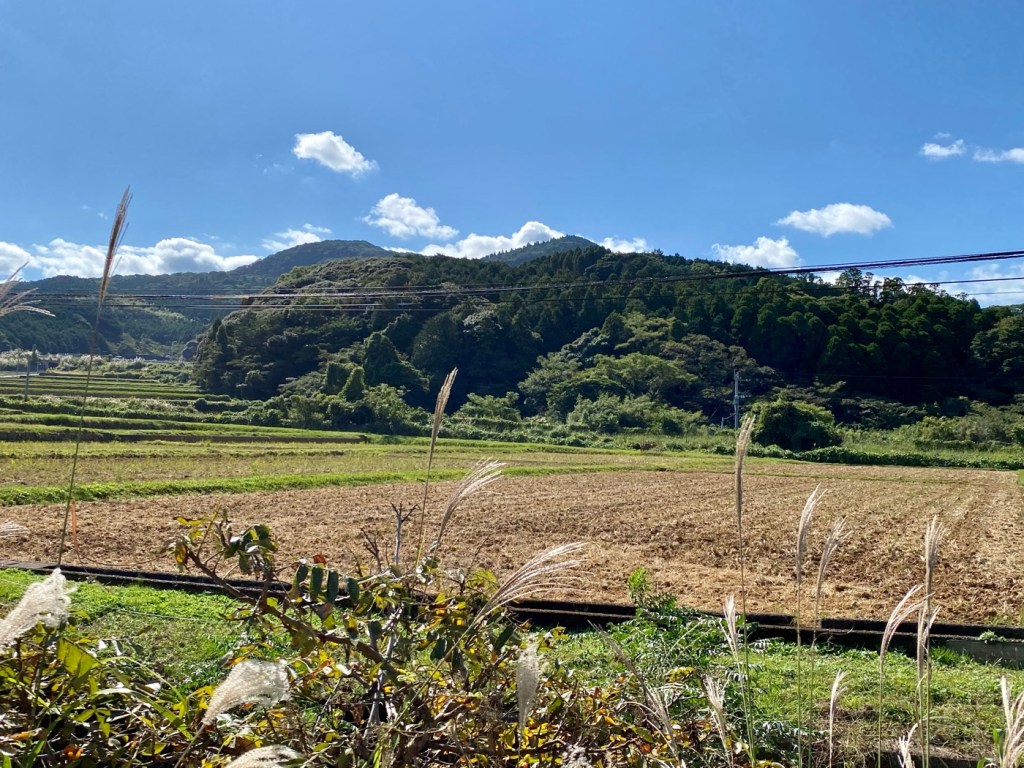
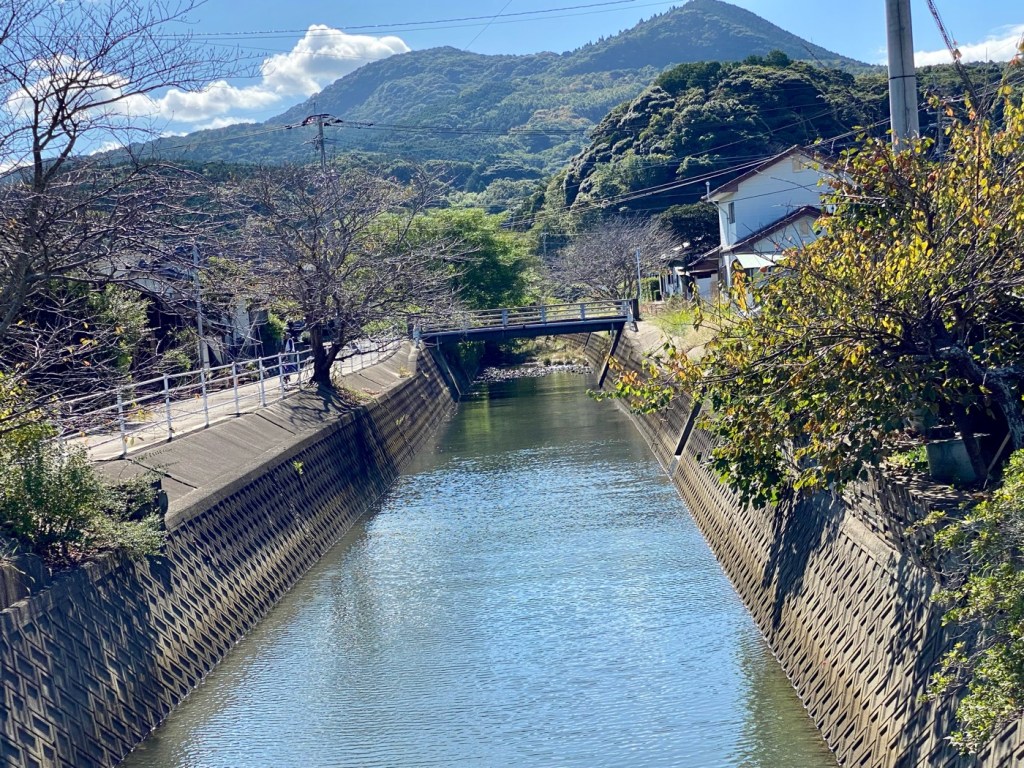

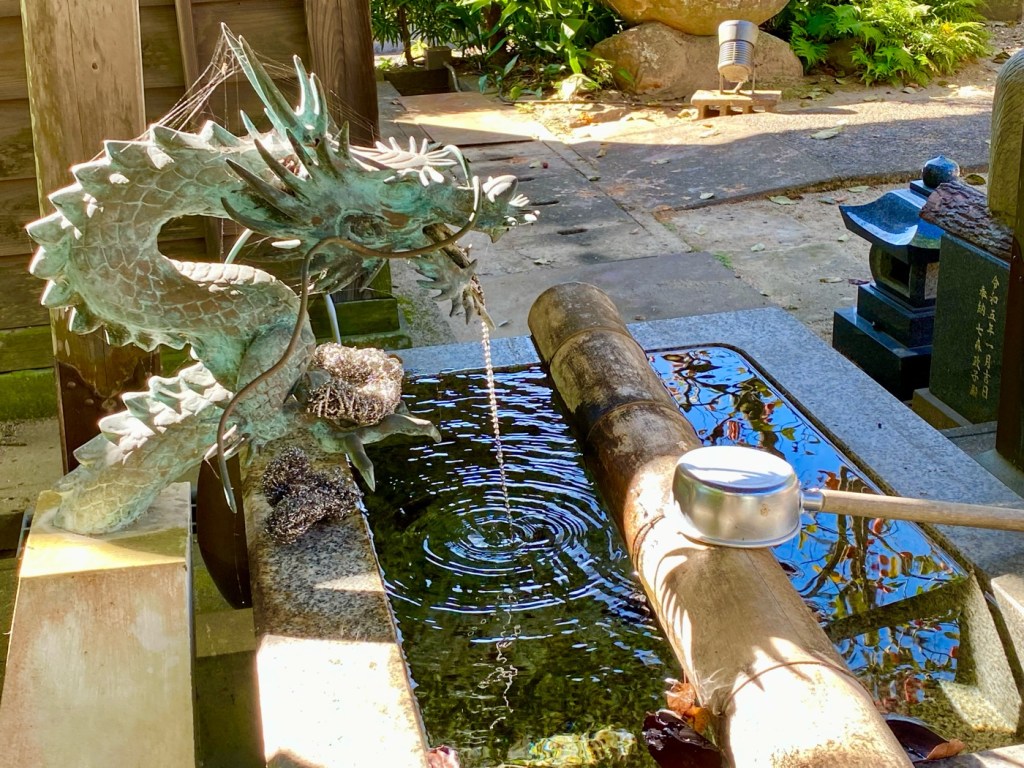






Day 25 - Matsuura to Imari, The Kyushu 108 Temple Pilgrimage, Japan
We got an early start this morning, so we ate an early breakfast.
We had a temple to visit east of the town of Matsuura, and a walk to Imari city where our apartment hotel is located.
Matsuura is known for its fresh Aji fish.
Aji is a common fish on the Japanese dinner table.
Along with Saba (blue mackerel), it is the most common fish used in Japanese cuisine.
Aji is caught in all coastal regions from Kyushu to Hokkaido.
It lives at various depths ranging from less than 2m in harbors to 150 meters at sea.
Aji are in season almost year-round somewhere in Japan, as their spawning seasons differ by region.
However, aji are caught in large numbers from late March to August as this is when their fat stores are at their highest.
An Aji Fry teishoku is a set meal served all around Matsuura, that includes the Aji fish breaded and fried, steamed rice, soup, pickles, and a side dish, served all on one tray.
Matsuura City has been officially declared the Home of Aji Fry. It is estimated that there are around 420,000 tons of Aji fish living in the waters around Matsuura.
A friendly local gave us a large brochure explaining why Matsuura is famous for Aji, and listing all the restaurants and eateries around town that serve Aji in many ways.
There is an Aji burger, an Aji Kaiseki set, Aji on skewers, grilled Aji on toast, Aji fried into balls, Aji sandwiches and Aji pasta.
“Next time, please come and stay overnight in Matsuura, so you can enjoy the Aji cuisine, he implored us.
Temple #79, Matsutoyama Zenpukuji Temple (Shohozan, Zenpukuji), is located in a small quaint village.
A picture of the Buddha was floating in a bowl of water, with the caption:
“This is a mirror that reflects your own heart.
If you drop a small stone into the bowl, the ripples of your mind will be like riding the waves of the mind of the Buddha.
Please don't hesitate to drop a stone in.”
The temple has a mini Kyushu 108 temple pilgrimage located on the mountainside behind it.
This mini-pilgrimage is something we saw when we walked the Shikoku pilgrimage.
Many people believe that there is great merit in walking a pilgrimage, but they are either not fit enough to walk for long periods, or don’t have the time or money to do it.
So some temples offer a mini pilgrimage, that can be completed in an hour or so.
Sometimes the temple even collects soil or rocks from each temple to make the mini pilgrimage more authentic.
The temple faces the Genkai Sea and is located near the ruins of Kajiya Castle, which in the year 1096 belonged to the founder of the Matsuura clan.
Zenpuku-ji Temple has a bell tower and a persimmon tree full of fruit by the gate.
It is a quiet temple, with a harmonious atmosphere.
At the inner shrine, there are statues of Prince Shotoku, Kobo Daishi, Amida Nyorai and Fudo Myoo.
At the back of the temple in the mountains, evergreen trees are full of spirit and seem to disappear into the mist.
A stone statue of the goddess Kannon is enshrined in a rock cave in the back.
According to the temple’s history, it was built in Terakami Village in 1335.
In the year 1574, the temple was expanded
Around this time, the temple was under the patronage of the Matsuura clan and was used to pray for the safety of sailing ships.
The friendly priest gave us bottles of green tea, snacks and a small scroll with a blessing for health and strength handwritten in calligraphy on it.
He apologized for making our load greater, as he saw us struggling to pack everything in our overloaded backpacks.
We thanked him for his kindness and started walking to the city of Imari.
The scenery was lovely, and we didn’t have to climb too much.
But after a few hours, we really craved sitting down and resting.
But there was no place to rest.
Finally, we found an abandoned drive-in snack bar, and stopped there.
I spread a piece of plastic and we sat down to have some tea and the snacks that the priest gave us.
Across from us we saw many ocean fisheries and heavy equipment dredging the harbor.
Windmills lined the mountains on the horizon.
We continued walking until we finally came upon a small town.
A woman who was riding her bicycle came over to chat with us.
It turned out that she had walked the Shikoku 88 temple pilgrimage twice, but has never walked the Kyushu 108.
She said that she has been doing it by car, and visiting temples over the past two months, but that she was only able to visit around twenty temples until now.
She said that she never heard of anyone who has ever walked the Kyushu 108.
She asked us where we were planning to stay tonight, and I had a strong sense that if we didn’t have a place to stay, she would have invited us to her house, as many do on the Shikoku pilgrimage.
We told her that we had booked a hotel in Imari and thanked her for her interest in our journey.
Then she got on her bike and rode off.
About twenty minutes later, she cycled by us again.
She got off her bike and rummaged through her bag and gave us a small package of ginger candy that she said she had made herself.
It will give us strength and it is good for the throat, she said as she pointed to a shrine up the road, saying that we must not miss it because it is home to a famous tree.
The Old tree by the Aohata Shrine is 500 years old.
It is 16 meters in height and the circumference of the trunk is a staggering 11.4 meters.
The branches stretch out to 21 meters.
It is a Camphor tree that grows wild in some parts of Asia, as well as on Jeju Island in South Korea.
It has been planted at shrines and temples in Kyushu since ancient times.
It has yellow-white flowers, which are about 5 mm in diameter, and it blooms from May to June.
Camphor trees can grow to a height of 55 meters, and their bark is dark brown and fissured vertically.
Camphor trees are used for making furniture, building materials and musical instruments.
The Camphor tree has a healing scent, and camphor can be extracted from the sap.
It is believed that the Matsuura clan was deeply involved in the origin of the Aohata Shrine.
Minamoto Nao, the second founder of the Matsuura Party, descended from Emperor Saga, ruled the area from present-day Imari City to the Goto Islands during the Kuan era (1145~).
After resting on a bench by the magnificent tree, we kept on walking.
The sun and the heat made the walking difficult.
We were happy to reach the city of Imari.
Our hotel is a modern apartment hotel and it is located right in the old district, which is really convenient.
I loved the small and comfy apartment that we got.
It even had a projector TV with Netflix, and we were able to screen some shows with surround sound, which was the first time we had watched TV in almost a month.
After taking our showers and resting, we went looking for a place to eat dinner.
The streets of Imari were all decorated and there were posters of an upcoming festival hanging all over town.
We chose go eat in a small Okonomiyaki joint, but were surprised to see that they were fully booked.
Something must be happening in Imari to make the restaurants fully booked.
We finally found a pizza place and ate a tasty dinner.
Tomorrow we will explore why the city is decorated and full of people…
With love,
Tali
Stats: 30,218 steps
Today’s walk: 20 km
Kilometers walked to date: 438
Temples visited:
Temple #79 Zenpuku-ji